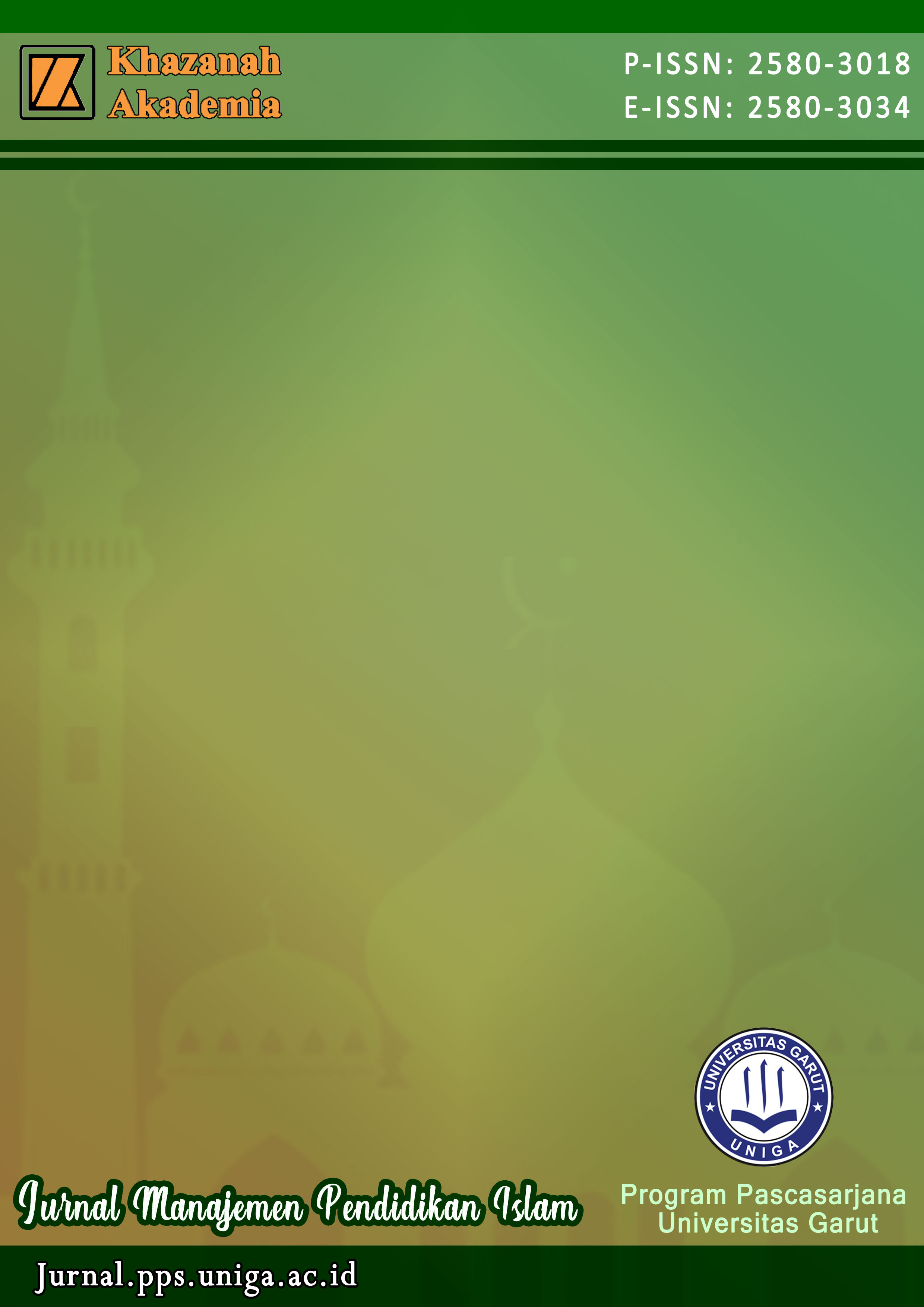
Sundanese Language Interference Toward EFL Students’ Pronunciation

- Jurnal Nasional Terakreditasi
- Mutiana Nurmalasari Boediman
- Khazanah Akademia; Vol. 7 No. 1, Februari 2023; ISSN : 2580-3018 | e-ISSN : 2580-3034
Abstrak
Due to the different system of Sundanese and English, Sundanese students find difficulties in learning English. This is called language interference. Students mother tongue is a significant factor in learning the target language. It also influences the pronunciation of that target language. This research is focused on discovering the Sundanese language interference toward sundanese students in Universitas Garut who learn English as a foreign language, especially in pronouncing the consonant words in English language. Five students in the first grade are participated in this study. Qualitative method in the type of case study is used in conducting this research. The qualitative data are obtained from the result of interview and observation. The collected data from interview are presented in the form of interview transcript. The data from observation are presented in the form of students reading transcript. In order to get the trustworthiness, source and technique triangulations are used. Furthermore, Interactive Model proposed by Miles and Huberman is applied in this study. The result of this research shows that language interference faced by Sundanese students is phonological interference which belongs to re-interpretation and substitution. After observing the students reading, it is found that there are some consonants which are often pronounced incorrectly. They are θ (th), ð (TH), ʃ (sh), ʒ (zh), and v. Besides, it is revealed that there are three reasons of Sundanese students make error in pronouncing English consonant. They are (1) Lack of Knowledge in Vocabulary, Phonetic and Phonology; (2) The consonants do not exist in mother tongue; and (3) Orthographic Interference.
Lihat Dokumen
